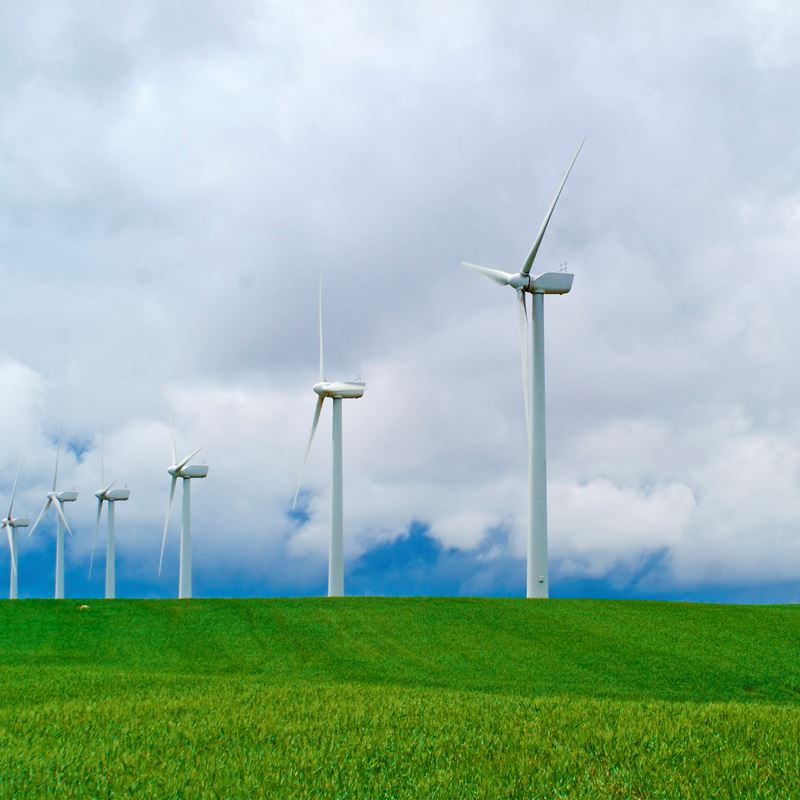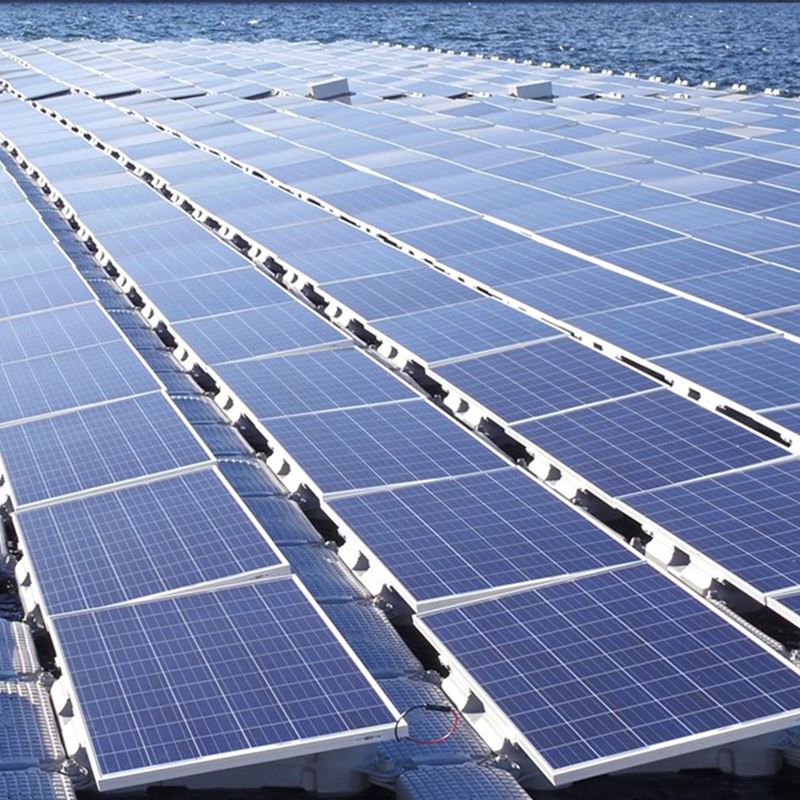Renewable energies
Renewable energies
Solutions for renewable energies
Cork is being increasingly searched for new applications in the energy sector, especially in the area of renewable energies, such as solar and wind.This sector is one of the areas that takes advantage of cork’s lightness and thermal capacity, to ensure the proper functioning and durability of energy production structures.
-
Cork at the service of wind energy
The wind power sector is one of the areas that benefits from the lightness and low thermal conductivity of cork to ensure the proper functioning and durability of energy production structures.
Cork is applied to the large blades of wind turbines to prevent damage caused by the structural vibration of the equipment. It also ensures a stable temperature, lowers the noise level and reduces condensation on the blades, thus improving their performance.
For this sector, Amorim Cork Composites offers several highly flexible, versatile core composite materials with excellent thermal performance.
The high thermal resistance of cork allows our materials to have greater resistance to extreme temperatures and, consequently, greater durability. These factors certainly contribute to reducing equipment maintenance needs.

-
Innovation in solar energy
In the solar energy sector, Amorim Cork Composites has also been presenting innovative solutions that are important steps towards a more responsible energy production.
One of these projects focuses on the development, in partnership with EDP and the Spanish company Isigenere, of a cork-based float for photovoltaic panels for use in floating solar systems. In this application, the lightness, impermeability and floating capacity of cork are differentiating factors.
This float is produced with a new composite, which combines cork with recycled polymers, and was developed at i.Cork factory, our pilot plant and innovation hub. In addition to meeting the stringent mechanical requirements for application in floating solar systems, this composite is compatible with injection and blow moulding processes.
Incorporating recycled cork and plastic is undoubtedly a more sustainable option than conventional floats made from virgin plastic.
According to the Life Cycle Assessment study, this new float allows a 30% reduction of the CO2 footprint when applied in a floating energy production system.
